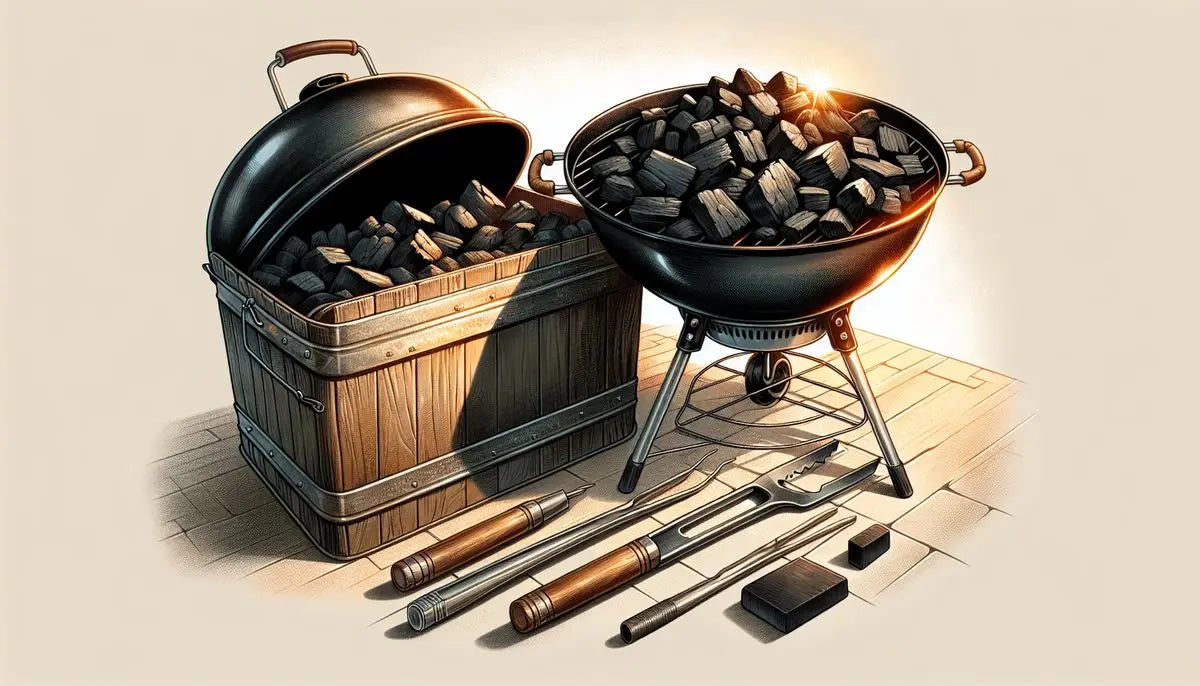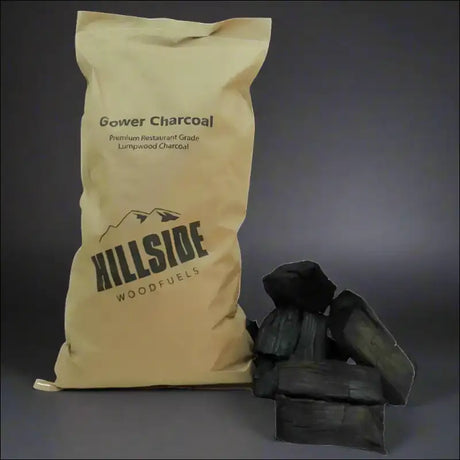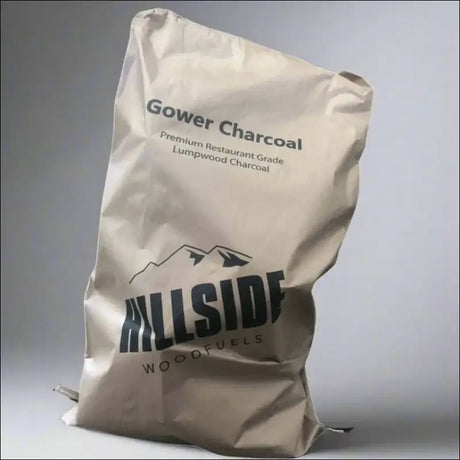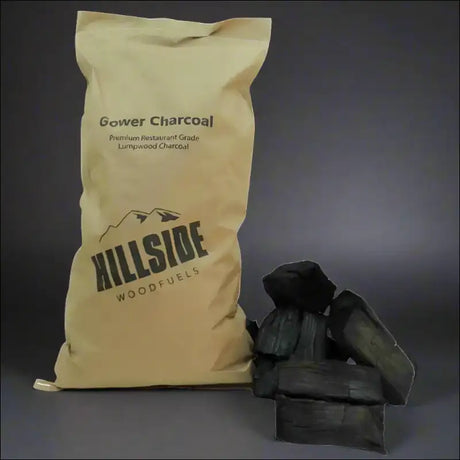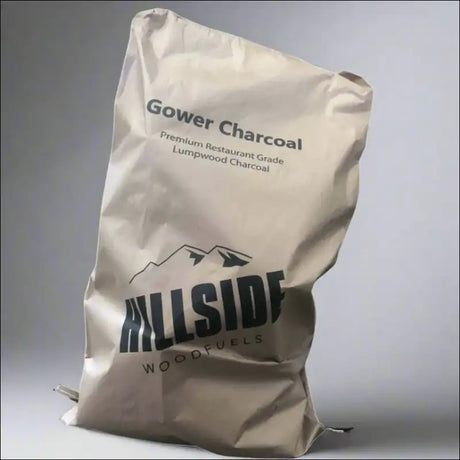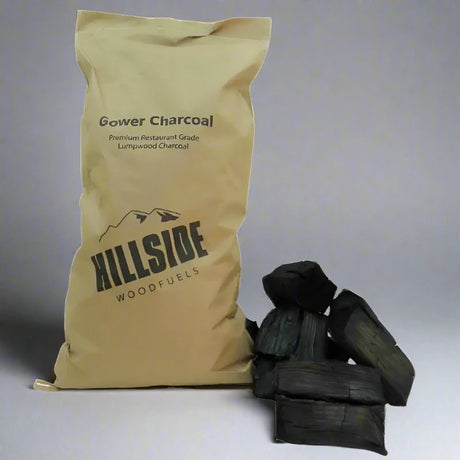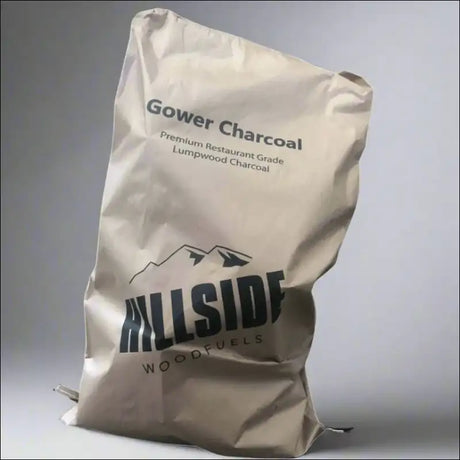Lump charcoal is a preferred choice for many grilling aficionados, revered for its ability to impart a distinct smoky flavor and high-heat grilling capabilities. This guide delves into the essence of lump charcoal, exploring its benefits over other forms of charcoal, its environmental considerations, and providing practical tips for using it to achieve grilling perfection. Whether you're a seasoned pitmaster or a curious beginner, this ultimate guide will elevate your understanding and skills in harnessing the potential of lump charcoal for an unmatched culinary experience.
Key Takeaways
- Lump charcoal offers a pure, high-heat grilling experience with minimal additives, making it a top choice for flavor enthusiasts and those seeking a more natural grilling option.
- Understanding the differences between lump charcoal and briquettes, as well as the environmental implications, can help grillers make informed decisions that align with their cooking preferences and values.
- Mastering the use of lump charcoal involves selecting the right quality, learning effective lighting techniques, maintaining temperature control, and adhering to safety best practices for an optimal grilling outcome.
Unlocking the Potential of Lump Charcoal
Defining Lump Charcoal and Its Unique Properties
When we talk about lump charcoal, we're referring to a high-quality, natural fuel used for grilling and smoking. Lump charcoal is made from pure, hardwood pieces that have been burned in an oxygen-restricted environment. This process, known as pyrolysis, removes moisture and other volatile compounds, leaving behind a dense, carbon-rich product.
One of the key attributes of lump charcoal is its ability to burn hotter and cleaner than other charcoals. It's also known for producing less ash and for its quicker lighting time. Here's a quick comparison to highlight its unique properties:
- Burns hotter: Achieves a higher maximum temperature
- Less ash production: Easier cleanup after grilling
- Quicker to light: Saves time in getting the grill ready
- More responsive to oxygen: Allows for better temperature control
The purity of lump charcoal means that it imparts a subtle, natural flavor to your food, enhancing the overall culinary experience without overwhelming it.
It's important to note that the quality of lump charcoal can vary depending on the source of the wood and the production process. As enthusiasts of outdoor cooking, we always strive to select the best lump charcoal to ensure a superior grilling experience.
Comparing Lump Charcoal to Briquettes
When we delve into the world of outdoor cooking, the choice between lump charcoal and briquettes is a fundamental one. Lump charcoal burns hotter and faster, providing a searing temperature that's perfect for steaks and other quick-cooking meats. In contrast, briquettes offer a more consistent burn rate and temperature, which is ideal for slow-cooked dishes.
Flavor is another aspect where lump charcoal stands out. It imparts a pure, smoky taste to food, as it's made from natural hardwood without additives. Briquettes, on the other hand, may contain binders and fillers that can affect the flavor profile of your grilled items.
Here's a quick comparison to highlight the differences:
- Lump Charcoal: Hotter burn, less ash, natural flavor
- Briquettes: Consistent temperature, longer burn time, potential flavor additives
Remember, the choice between lump charcoal and briquettes will significantly influence your cooking experience and the final taste of your food. Choose wisely based on the dish you're planning to prepare and your personal preferences in grilling.
The Environmental Impact of Using Lump Charcoal
As we delve into the environmental aspects of using lump charcoal, it's crucial to recognize that it's a more natural fuel compared to other options. Lump charcoal is made from pure hardwood without additives, ensuring that fewer chemicals are released into the atmosphere during combustion.
Renewability is a significant advantage of lump charcoal. Since it's derived from wood, a sustainable resource, we can manage its impact by sourcing from responsibly managed forests. Here's a quick rundown of the environmental benefits:
- Produces less ash compared to briquettes, reducing waste.
- Carbon neutral potential when sourced from sustainable forests.
- Minimal processing means lower carbon footprint during production.
We must be mindful of the origin of the lump charcoal we use. By choosing ethically sourced products, we contribute to the preservation of our forests and the overall health of our planet.
Remember, the choice of charcoal impacts not only our food but also the world we live in. Let's make a conscious effort to select environmentally friendly options.
Mastering the Art of Cooking with Lump Charcoal
Selecting the Right Lump Charcoal for Your Grill
When we embark on the journey of grilling, the choice of fuel is paramount. Selecting the right lump charcoal is not just about the brand; it's about understanding the characteristics that make for a superior grilling experience. We look for hardwood lump charcoal, known for its ability to burn hotter and cleaner than softwood alternatives.
The size of the charcoal pieces also matters. Larger chunks tend to burn longer and more consistently, which is ideal for extended grilling sessions. However, smaller pieces may be preferable for quick sears and shorter cooks. Here's a simple guide to help you choose:
- Large Chunks: Best for smoking and slow cooking.
- Medium Chunks: Versatile, good for grilling or smoking.
- Small Pieces: Ideal for high heat and quick cooking.
Remember, the quality of lump charcoal can vary significantly between brands. Always look for options with minimal dust and debris, as these can impede airflow and temperature control.
Ultimately, the choice comes down to the type of cooking you're planning and personal preference. Experiment with different brands and sizes to find the perfect match for your grill and your taste buds.
Lighting Techniques for Quick and Even Heating
Once you've selected your preferred lump charcoal, the next crucial step is to light it effectively. Proper lighting is essential for a great grilling experience. We've gathered some pro tips to help you get your charcoal burning quickly and evenly.
- Start with a chimney starter to ignite your charcoal without the need for lighter fluid, which can impart unwanted flavors.
- Arrange the coals in a pile or pyramid shape to maximize airflow and encourage even burning.
- Allow the grill to come to temperature before adding your food; this ensures a consistent cooking environment.
- For longer cooking sessions, try a two-zone fire by creating a hot zone and a cooler zone within your grill.
- Add unlit charcoal to the fire during long cooks to maintain a steady temperature without having to restart the grill.
Remember, patience is key when lighting lump charcoal. Rushing the process can lead to uneven heat and an unsatisfactory grilling outcome.
Using lump charcoal not only provides an authentic wood-fired flavor but also enhances the taste of meats, fish, and vegetables. It's ideal for both grilling and smoking, especially when you're aiming for that low'n slow barbecue perfection. When choosing lump charcoal, consider factors like size diversity, low sparks, high wood composition, and minimal ash and debris for a cleaner, more efficient burn.
Temperature Control and Maintenance for Perfect Grilling
Achieving the perfect grill is as much about maintaining the right temperature as it is about the quality of the lump charcoal we choose. Consistent temperature control is crucial for ensuring that our food is cooked evenly and to the desired doneness. We've found that using a thermometer is the best way to monitor the grill's temperature accurately.
To maintain a steady temperature, we need to understand the airflow within our grill. Adjusting the vents can increase or decrease the oxygen flow, which in turn affects the heat. Here's a simple guide:
- Open vents mean higher temperatures as more oxygen feeds the fire.
- Partially closed vents will lower the temperature by reducing oxygen.
- Fully closed vents will extinguish the coals by cutting off the oxygen supply.
Remember, the size and shape of the lump charcoal pieces can also affect airflow and temperature. Larger pieces tend to burn slower and are better for maintaining a low and slow burn, ideal for smoking meats.
It's essential to keep a close eye on the temperature throughout the cooking process. Sudden spikes or drops can easily ruin a good piece of meat. Patience and attention to detail will reward us with perfectly grilled dishes every time.
Safety Tips and Best Practices
As we delve into the world of lump charcoal grilling, safety should always be our top priority. It's essential to keep a few best practices in mind to ensure a safe and enjoyable grilling experience. First and foremost, never leave your grill unattended while it's in use. This simple rule can prevent accidents and keep your grilling environment under control.
Ventilation is key when using lump charcoal. Make sure your grilling area is well-ventilated to avoid the buildup of harmful carbon monoxide. Additionally, always use heat-resistant gloves and tools to manage the charcoal and food.
Remember, proper disposal of ash is crucial. Wait for the ash to cool completely before disposing of it to prevent fires.
Here's a quick checklist to keep in mind:
- Ensure the grill is stable and on a flat surface.
- Keep children and pets away from the grilling area.
- Have a fire extinguisher or water source nearby in case of emergencies.
- Check for any local fire regulations before starting your grill.
By following these guidelines, we can enjoy the robust flavors and unique cooking experience that lump charcoal provides, without compromising on safety.
Conclusion
In conclusion, lump charcoal is a premium choice for grilling enthusiasts seeking an authentic, flavorful, and natural grilling experience. Its numerous benefits, including a high heat output, minimal additives, and ease of temperature control, make it a superior option for both amateur and professional cooks. By following the usage tips outlined in this guide, you can maximize the potential of lump charcoal, ensuring your grilled foods are cooked to perfection every time. Whether you're searing steaks, smoking ribs, or roasting vegetables, lump charcoal can elevate your cooking game and impress your guests with its distinct smoky flavor. So, light up the grill, and let the magic of lump charcoal transform your next barbecue into a memorable culinary adventure.
Frequently Asked Questions
What are the main differences between lump charcoal and briquettes?
Lump charcoal is made from pure, natural wood and typically burns hotter and faster than briquettes. It produces less ash and can impart a purer, wood-fired flavor to foods. Briquettes, on the other hand, are made from compressed charcoal dust and other additives, which allow them to burn more consistently and for longer periods, but they can also impart a chemical taste if not fully ignited.
How do I properly light lump charcoal for grilling?
To light lump charcoal, you can use a chimney starter, which is a quick and efficient method. Simply fill the chimney with charcoal, place a lighter cube or newspaper under it, and light it. The charcoal should be ready in about 15-20 minutes when it's covered in a thin layer of white ash. Alternatively, you can create a pile of charcoal and light it using natural fire starters, avoiding lighter fluid to prevent off-flavors.
What are some safety tips for using lump charcoal?
Always use lump charcoal in a well-ventilated area to prevent carbon monoxide buildup. Make sure your grill is stable and on a non-flammable surface. Never add lighter fluid to charcoal that's already lit, as it can create a dangerous flare-up. Keep a fire extinguisher or water source nearby in case of emergencies. After grilling, allow the charcoal to cool completely before disposing of it in a metal container.

